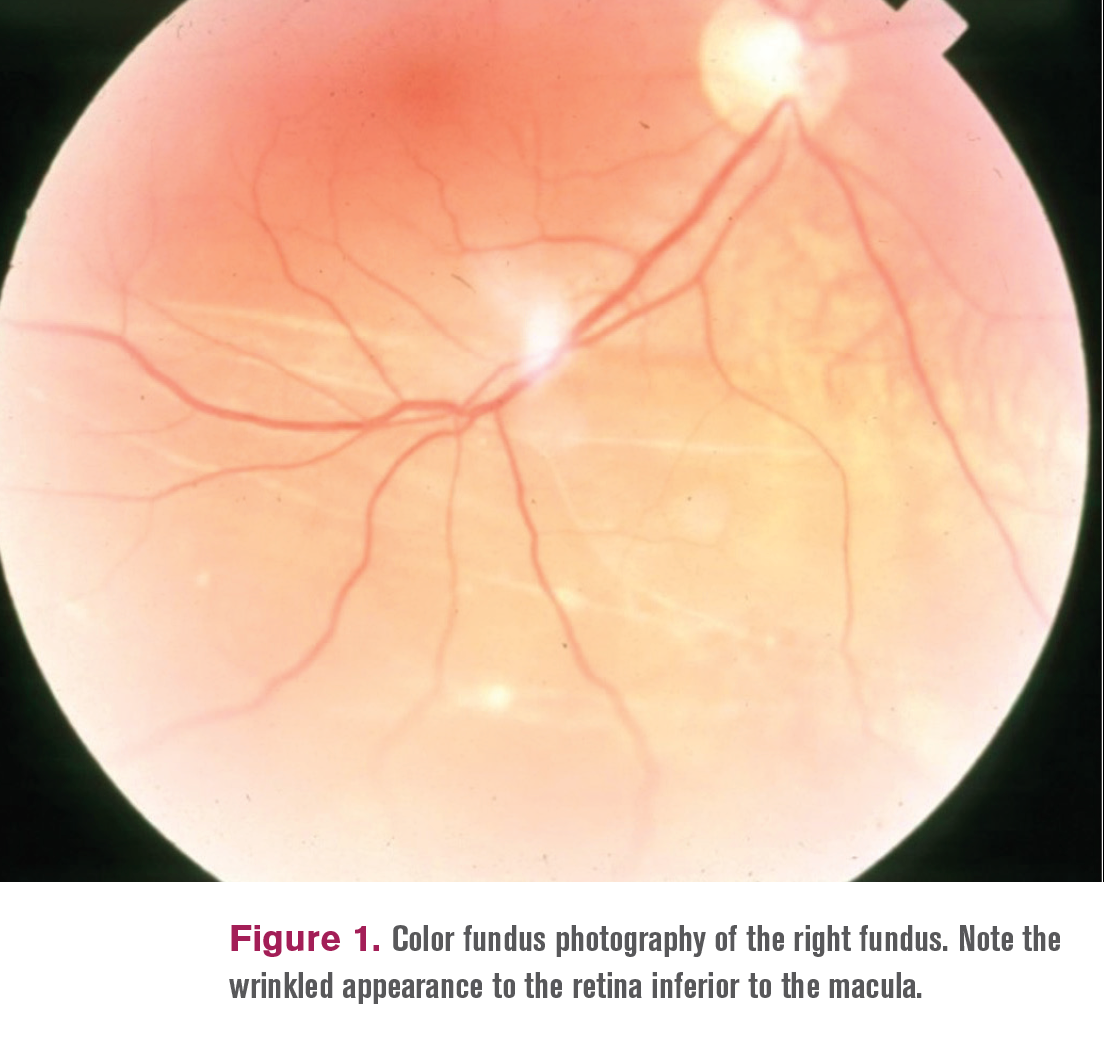

The resulting scarring helps hold the retina in place.Ī pneumatic retinopexy is used to repair minor detachments. For this treatment, your eye doctor will apply a freezing probe outside your eye in the area over the retinal tear. The resulting scarring binds your retina to the back of your eye.Ĭryopexy is freezing with intense cold. The eye doctor uses a laser that burns around the tear site. This procedure is used if there is a hole or tear in your retina but your retina is still attached. The scleral buckle is not seen on the eye and is usually left on the eye permanently. It gently presses the eye inward, helping the detached retina heal against the eyewall. Scleral buckling involves placing a band of rubber or soft plastic onto the outside of your eyeball. The bubble pushes the retina back into place so it can heal properly.Ī more severe detachment requires eye surgery in a hospital. The vitreous will be replaced with an air, gas, or oil bubble. Small tools are used to remove abnormal vascular or scar tissue and vitreous, a gel-like fluid from your retina. Some types of retinal surgery procedures include:Ī vitrectomy is used for larger tears. In most cases, surgery is necessary to repair all retinal disease and especially a detached retina. Previous cataract, glaucoma, or other eye surgery.Having a serious eye injury in the past.Risk factors for retinal detachment include: If you’ve experienced any of the above symptoms, immediately contact an eye doctor near you. Partial vision loss, such as a shadow in your peripheral vision or a gray curtain covering part of your vision.Suddenly seeing many floaters that look like lines, specks or cobwebs in your field of vision.Flashes of light that appear in the side of your vision.While there is no pain associated with retinal detachment, it’s important to be aware of signs that the retina has become detached. An influx of fluid through the tear may further lift and detach the retina. However, the vitreous gel can sometimes become detached from the retina and this serious retinal disease happens when the vitreous gel pulls away sufficiently to tear off a piece of the retina. The vitreous is attached to the back of the eye, the retina, and provides a soft cushion for the retina. The round shape of the eye is maintained by a gel, called the vitreous. If you suffer any sudden vision changes, immediately contact an eye doctor near you. The annual incidence of retinal detachments is approximately 12.5 cases per 100,000 per year, or about 28,000 cases per year in the US. Retinal detachment is sight-threatening retinal disease and occurs when the retina separates from the back of your eye, causing loss of vision that can be partial or total, depending on how much of the retina is detached.

Over 28,000 cases of retinal detachment occur every year.


 0 kommentar(er)
0 kommentar(er)
